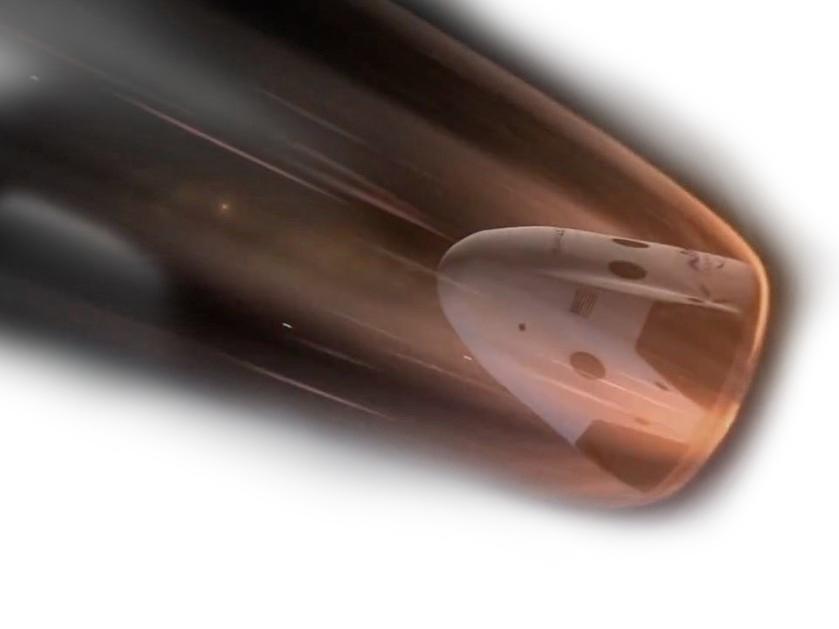
The mission
MEESST’s mission is to design, build, and test a first proof-of-concept magnetic shielding device for mitigating both thermal loads and radio blackout during space entry.
- MEESST aims to enable reusability and accurate positioning for in-space transportation vehicles.
- MEESST aims to enable an increase in the amount of scientific data that can be transmitted by scientific probes during atmospheric entry.
- MEESST aims to enable a lighter, more compact, more cost-effective, and safer protection system for sample return missions, asteroid mining, and in-space cargo transfers.
- MEESST aims to harmonize existing numerical simulation codes for re-entry physics, and verify their predictions against experimental data.
- MEESST aims to take a step forward towards a fully-capable numerical code for simulating atmospheric re-entry and MHD interactions.
- MEESST aims to shift the focus of re-entry shielding away from material design, to magnetic shielding.
The Problem
When spacecraft enter the atmosphere of a planet or a moon, they are travelling extremely fast, up to 25 times the speed of sound. This enormous velocity causes them to compress, heat up, and ionise the gases in the atmosphere, which leads to two fundamental problems.
Firstly, the gases heat up to extremely high temperatures which causes the spacecraft surface to also become very hot, on the order of 1600 oC. Such high temperatures can damage the spacecraft structure and lead to system failures, or even total mission losses.
The second problem is caused by the presence of plasma trailing behind the spacecraft. This plasma is dense enough that it blocks radio waves – the main method of communication for spacecraft – from passing through. This means that mission controllers can’t speak with astronauts during this critical mission phase, and spacecraft can’t transmit data about their position, trajectory, or the atmosphere through which they are passing.

Copyright by owner
The Future
MEESST’s main objective is to be a game changer for aerospace technology by providing the proof-of-concept for the first active MHD-based system to control plasma behaviour during atmospheric entry.
- MEESST will take the first step towards building a flight-ready re-entry shielding system based on superconducting coils.
- MEESST will address the major challenges facing the use of superconductors in space, such as thermal management, cryocooling, and electromagnetic compatibility.
- MEESST will provide an enabling technology for the next generation of space missions, and will lay the foundation for the adoption of fully-superconducting spacecraft for high power missions.
- MEESST will lead a change in approach to designing spacecraft entry shielding systems, from material design to magnetic design.